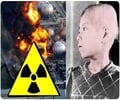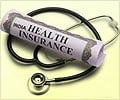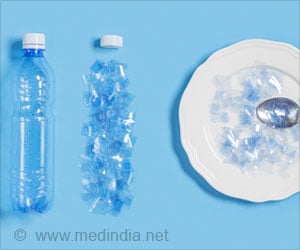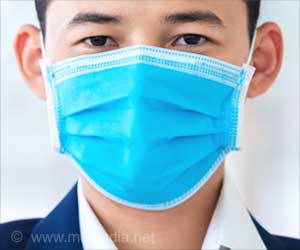Time to step toward adopting more evidence-based risk assessment for the future on addressing data gaps after the Chernobyl accident in 1986 and Fukushima incident in 2011, avers toxicologist.
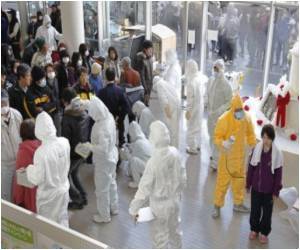
Calabrese's commentary, "Improving the scientific foundations for estimating health risks from the Fukushima incident," is included in this week's special issue of Proceedings of the National Academy of Sciences devoted to documenting the estimated release magnitude and distribution of Cs-137 from the nuclear incident in Japan after the March earthquake and tsunami.
After his career-long study of hormesis persuaded Calabrese that low doses of some chemicals and radiation are benign to humans or even helpful, he says a "comprehensive reappraisal" of the LNT model for cancer risk assessment is urgently needed. He argues that the LNT model was incorporated into U.S. regulatory policy in the 1950s based on faulty assumptions and even manipulation of the scientific literature. Its use has become codified in regulatory agencies despite its "questionable scientific foundations," he says.
In addition to over-reliance on the LNT, Calabrese contends, regulators also place too much weight on assumptions about the ingestion of contaminants in soil by children, in particular dioxin, which date from the 1980s at Times Beach, Mo. "Subsequent soil ingestion studies in children would prove this default exposure assumption represented a massive overestimation, being too high by 200-fold," he points out. Without follow-up studies to provide more accurate data, "costs of clean up at Times Beach alone would have been many billions of dollars more," he adds, illustrating that non-validated assumptions can markedly affect the risk assessment outcome.
Calabrese also criticizes expert advisory groups and government agencies for rendering exposure guidance "based on hypothetical risks of Cs-137" and using highly precise estimates that give "a false impression of considerable accuracy." In fact, he says, acceptable levels of Cs-137 exposure in Japan are more than three times higher than levels permitted in the Ukraine, while both are probably based on "little independent analysis."
Overall, precautionary urges that pressure regulators to rely on the most conservative option have a downside, in Calabrese's opinion. They lead to multiplicative protective factors that can add substantially to remediation costs "without validated assurances of accompanying benefit."
Advertisement
Source-Eurekalert




